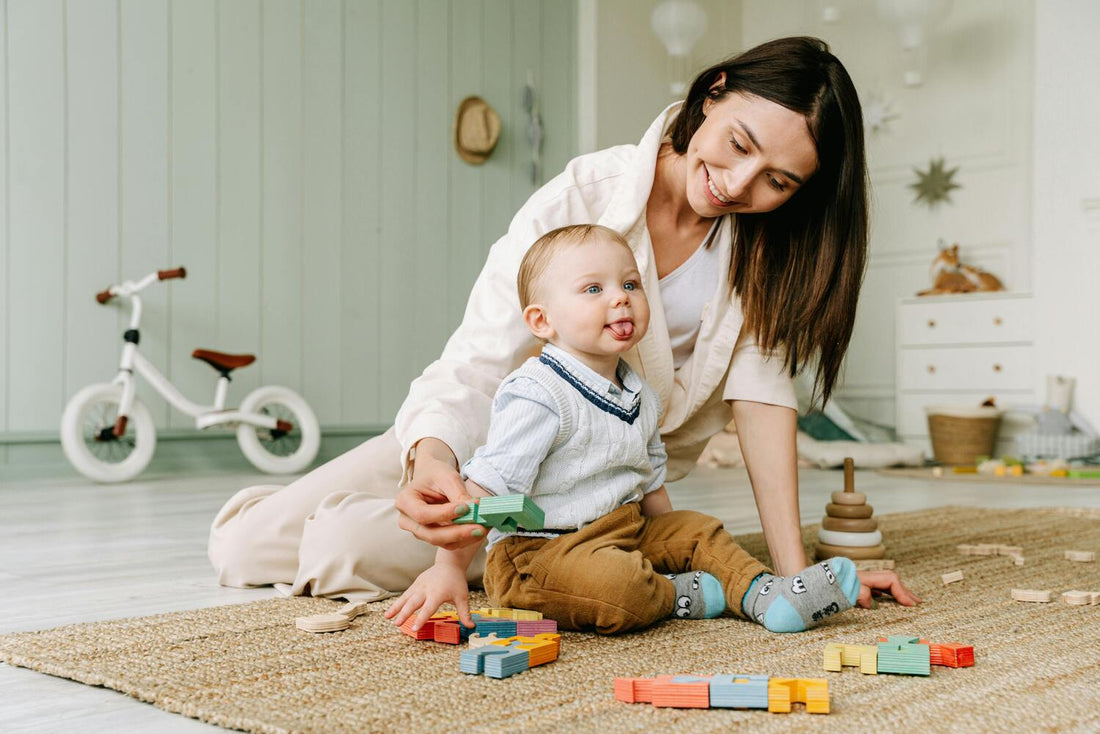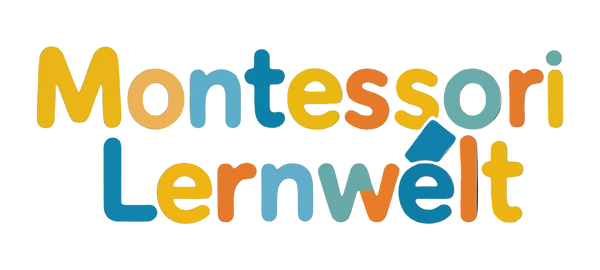
Why Montessori toys are the best choice for early childhood?
Share
Introduction: Why the choice of toys is so crucial
The first years of a child's life are a very special time. Everything is new, exciting, and full of possibilities. It is precisely during this phase that the brain develops faster than ever later in life – motor skills, language, social skills, and emotional intelligence emerge step by step. For parents, this means: the choice of toys is not a minor issue, but a decision with long-term impact.
Montessori toys have developed into a real trend in recent years, but they are much more than just a "hype". They are based on an over 100-year-old pedagogy that helps children learn independently, creatively, and with focus. In this article, you will learn in detail, why Montessori toys are the best choice for early childhood, what advantages they offer, and how to find the right toy for your child.
What is Montessori toy?
Origin in Montessori education
Maria Montessori (1870–1952) was an Italian physician and educator who changed the world with a completely new perspective on child education. She was convinced: children learn best when they are allowed to be active themselves – without constant guidance, but with a prepared environment.
From this philosophy emerged the concept of Montessori toys: materials that encourage children to explore their environment independently, without being distracted by noises, lights, or too many rules.
👉 External source: Learn more about the principles of Montessori education at the German Montessori Society.
Features of Montessori toys
Montessori toys are distinctly different from conventional toys. Typical features include:
- Natural materials – mostly wood, fabric, or metal, free from harmful substances.
- Simple, clear design – no overwhelming colors, noises, or flashing lights.
- Open play style – Children can use the material in various ways.
- Learning-promoting – each toy has a clear educational purpose (e.g., motor skills, mathematics, language).
- Self-control – Children recognize mistakes themselves and correct them without parental intervention.
Examples: Stacking cubes, sorting boxes, wooden puzzles, Montessori boards with buckles and zippers.
The benefits of Montessori toys
1. Promoting independence
A central goal of Montessori education is for children to learn to do things themselves. Instead of expecting help from adults for every task, they find their own solutions. Montessori toys are designed so that children can learn step by step – for example, by inserting shapes into a sorting box or stacking cubes.
👉 Example: A child plays with a Montessori screw board. They try out different tools and realize for themselves which screwdriver fits. This sense of achievement boosts self-confidence and independence.
2. Concentration and attention
In our fast-paced world, children are often overwhelmed by stimuli. Flashing plastic toys with music may provide short-term excitement, but rarely lead to deep concentration. Montessori toys, on the other hand, are calm and clearly structured, allowing children to learn to concentrate for longer periods.
3. Motor development
- Fine motor skills: Grasping, screwing, sorting.
- Gross motor skills: Climbing, balancing, large wooden blocks.
Children playfully train important movement sequences that are also necessary for later skills like writing or sports.
4. Cognitive skills
Montessori toys are designed to gradually introduce children to more complex tasks:
- Counting with wooden beads → Basic understanding of mathematics.
- Puzzles and sorting games → Logical thinking.
- Role-playing with everyday materials → Language development and social learning.
5. Sustainability and durability
Many parents also appreciate Montessori toys because they are usually made of wood. This means:
- Long durability – Toys can be reused by siblings.
- Sustainability – more resource-efficient than plastic.
- Value – Children learn to appreciate and take care of things.
👉 External source: You can find information on safe materials at Öko-Test.
Montessori vs. conventional toys
The big difference
Conventional toys are often designed to entertain children – they blink, make sounds, tell stories. The problem: Children are passive spectators in these moments.
Montessori toys work exactly the opposite way: It requires active participation. Without buttons or batteries, children must figure out how something works on their own.
Example comparison
- Plastic car with sound: When you press a button, it starts moving and makes sounds. → Entertaining, but the child is passive.
- Wooden car without extras: Child moves the car themselves, invents sounds, builds roads. → Promotes creativity and motor skills.
Practical tips: Finding the right Montessori toy
Select by age
- 0–1 year: Grasping toys, rattles, soft balls. Focus on sensory experience.
- 1–3 years: Stacking towers, shape sorters, simple puzzles. Promotion of hand-eye coordination.
- 3–6 years: Number games, letter puzzles, balance boards. Development of cognitive skills.
- 6+ years: Complex building sets, STEM-oriented materials, experiment kits.
Quality over quantity
Less, but high-quality toys are the better choice. A single Montessori toy can remain exciting for months because children constantly develop new play ideas.
Incorporate everyday life
Montessori also means: letting children participate in everyday life. This includes "toys" like small brooms, kitchen utensils, or their own water jug – things that give children real responsibility.
Frequently asked questions from parents
Are Montessori toys expensive?
It's true, Montessori toys are often a bit more expensive than plastic alternatives. But they are durable, sustainable, and offer real educational value. Many parents see them as a investment in development.
Does every child need Montessori toys?
Not necessarily – children can also be creative without special materials. But Montessori toys provide a structured, developmentally supportive basis that is very helpful in everyday life.
How many Montessori toys do you need?
Fewer, but carefully selected products are better than an overflowing toy box. Children who have too many options are often overwhelmed.
Conclusion: An investment in the future
Montessori toys are more than just a trend – they are a proven educational concept that helps children grow independently, creatively, and with focus. Instead of being passively entertained, they actively learn to understand the world.
For parents, this means: Less toys, but more quality, sustainability, and real support. Montessori toys are therefore not just a gift for the moment, but a investment in your child's future.
👉 Discover our carefully selected Montessori toys in the shop now and experience what playful learning can look like.
